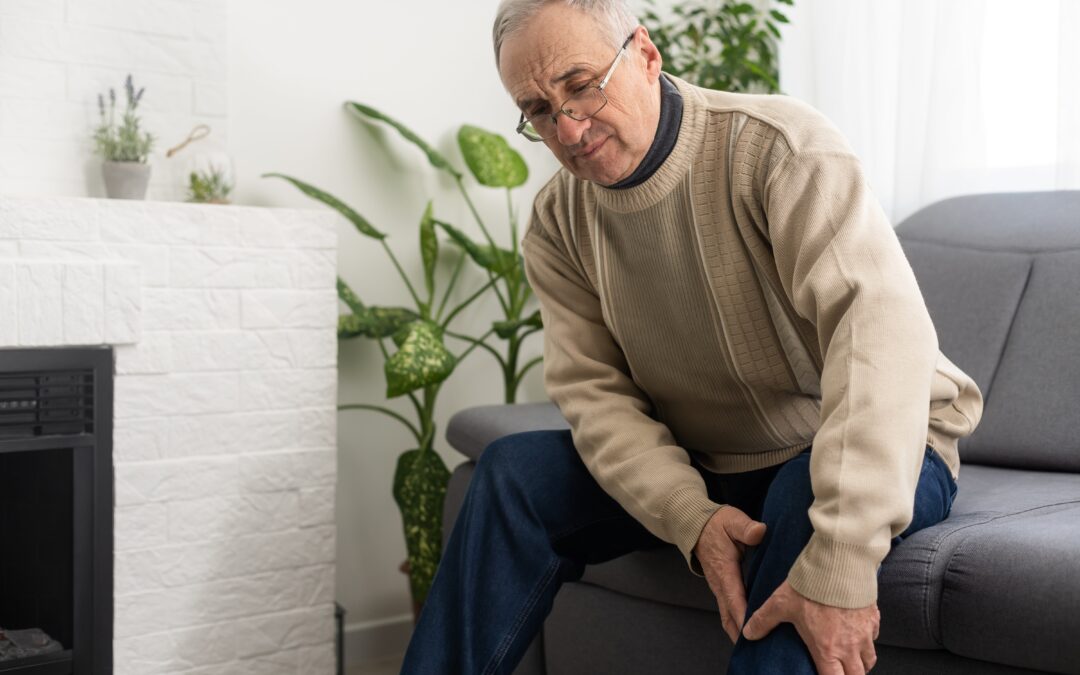As we age, our bodies undergo various changes, including bone loss. Osteoporosis is a condition that affects bone health, making bones fragile and more prone to fractures. This condition is prevalent among older adults, and it has been linked to various factors, including genetics, lifestyle, and hormonal changes. In this article, we will discuss the link between osteoporosis and bone health in older adults.
Understanding Osteoporosis and Bone Health
Osteoporosis is a condition that affects the density and strength of bones, making them fragile and more prone to fractures. Bones are living tissues that undergo a continuous process of remodeling, where old bone tissues are removed, and new bone tissues are formed. In healthy bones, this process is balanced, with new bone tissue replacing the old one at the same rate. However, when the body cannot keep up with the rate of bone loss, osteoporosis can develop.
Bone health is crucial for maintaining overall health and well-being. Bones provide support for our bodies, protect our organs, and help us move. When bones become weak and fragile, they can lead to fractures and other health complications, affecting mobility, independence, and quality of life.
Factors that Affect Bone Health
Several factors can influence bone health, including genetics, lifestyle, and hormonal changes. Here are some of the most common factors:
- Genetics: Genetics can play a significant role in bone health. Some people may inherit genes that make them more prone to bone loss and osteoporosis.
- Lifestyle: Lifestyle choices can affect bone health. Factors such as physical activity, nutrition, and smoking can all impact bone health. Regular exercise, a diet rich in calcium and vitamin D, and avoiding smoking can help maintain healthy bones.
- Hormonal Changes: Hormonal changes can affect bone health, particularly in women. During menopause, the body produces less estrogen, a hormone that helps protect bones. This decrease in estrogen can lead to bone loss and osteoporosis.
Osteoporosis in Older Adults
Osteoporosis is more prevalent among older adults, particularly women. According to the National Osteoporosis Foundation, about 54 million Americans have osteoporosis and low bone mass, and about 80% of them are women. Women are more prone to osteoporosis because they have smaller bones and lose bone mass faster than men.
Older adults are also more at risk of falling, which can lead to fractures. Falls are the leading cause of injury-related deaths and hospitalizations among older adults. According to the Centers for Disease Control and Prevention (CDC), one out of four older adults falls each year, and falls can cause hip fractures, head injuries, and other serious health problems.
Prevention and Treatment of Osteoporosis
Prevention and treatment of osteoporosis involve various strategies, including lifestyle changes, medications, and supplements. Here are some of the most effective ways to prevent and treat osteoporosis:
- Physical activity: Regular exercise can help strengthen bones and improve balance, reducing the risk of falls.
- Nutrition: A diet rich in calcium and vitamin D can help maintain bone health. Calcium-rich foods include dairy products, leafy green vegetables, and fortified foods. Vitamin D can be obtained from sun exposure, supplements, and fortified foods.
- Medications: Various medications can be used to treat osteoporosis, including bisphosphonates, hormone therapy, and denosumab. These medications can slow down bone loss, increase bone density, and reduce the risk of fractures.
Conclusion
Osteoporosis is a common condition that affects bone health in older adults. Factors such as genetics, lifestyle, and hormonal changes can influence bone health, and older adults are more at risk of developing osteoporosis and suffering from
Home Care Near Me Let’s Get Started!
Get Immediate Help with Information, Costs & Payment Options.


Recent Comments